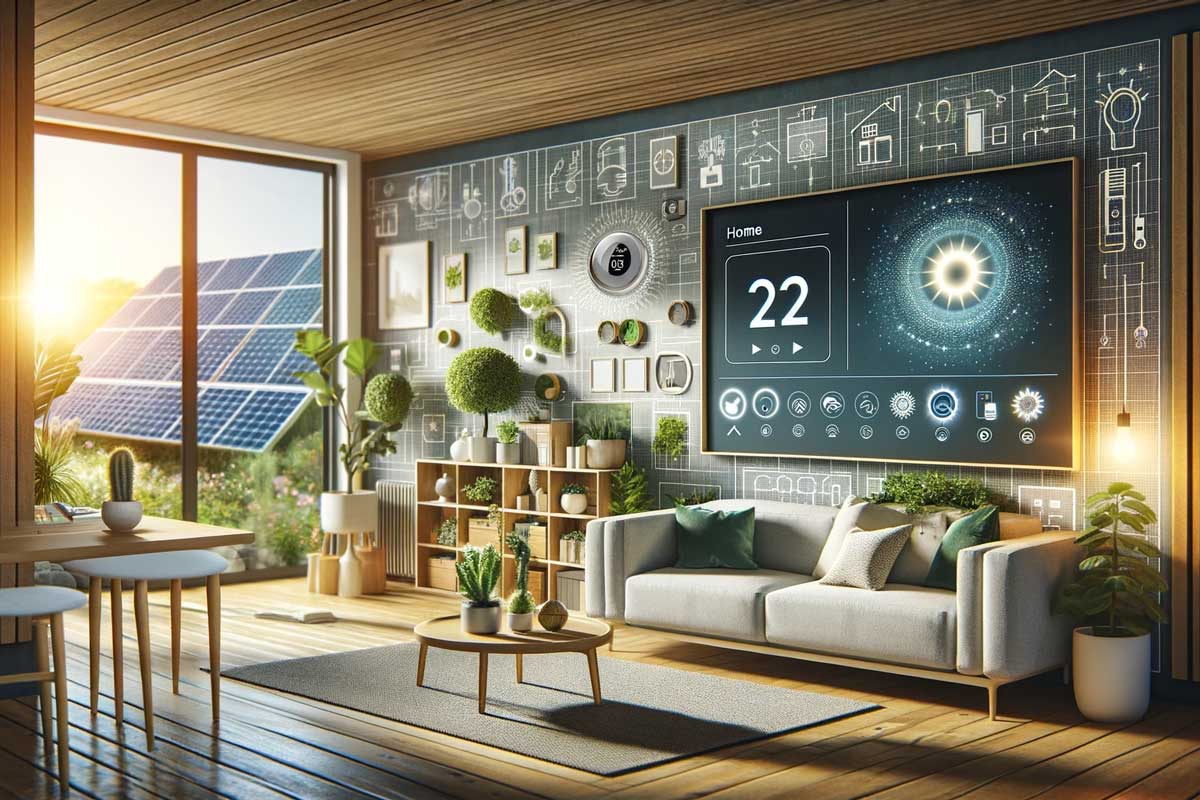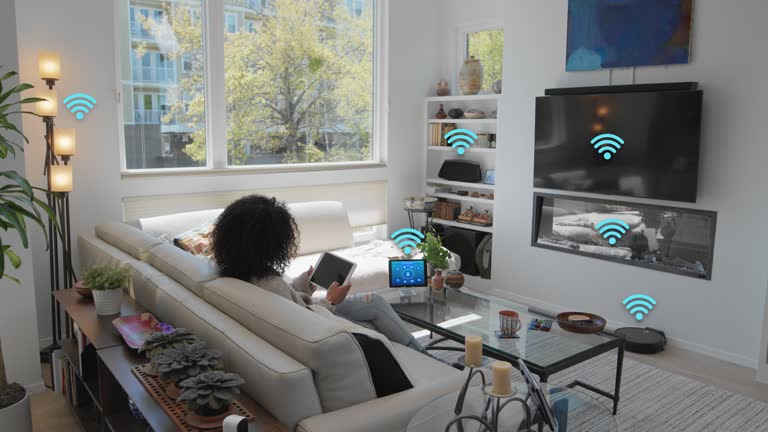
Innovative and Sustainable Smart Home Devices
Share
In today's rapidly changing world, the integration of sustainable smart home devices into our everyday lives has become more critical than ever. These cutting-edge technologies not only epitomize innovation but also embody the principles of energy efficiency and environmental consciousness. As tech professionals and enthusiasts, understanding the profound impact and the practical implementations of these devices is essential. In this article, we'll delve into the transformative power of sustainable smart home devices, exploring their benefits and the ways they contribute to a greener planet.

The Rise of Sustainable Technology
The recent surge in demand for sustainable smart home devices reflects a broader societal shift towards environmentally friendly solutions. With climate change concerns escalating, consumers are increasingly prioritizing energy-efficient and green technologies. According to a 2022 report, the adoption of green technology is pivotal in combating global environmental challenges.
From intelligent thermostats that optimize energy usage to smart water systems minimizing consumption, these devices are revolutionizing how we interact with our homes. The appeal lies not only in their ability to reduce carbon footprints but also in their potential to significantly cut down utility costs. It's a win-win for both the individual and the environment.
Key Features of Leading Sustainable Smart Home Devices
One of the notable impacts of these devices is their integration with renewable energy sources. The compatibility with solar panels and wind turbines exemplifies how homes can harness natural power efficiently. Furthermore, the advent of smart lighting, such as LED bulbs with AI-driven energy conservation settings, is setting new standards in home lighting.
Moreover, automation is at the core of sustainable living, enabling homeowners to control and monitor their energy usage remotely. This feature is extensively highlighted in articles like Sustainable Home Automation by IoT Technologies, which emphasizes the automation trend in achieving environmental goals. Additionally, devices such as smart sprinklers ensure that gardening practices are as sustainable as possible, further illustrating their versatility.
Energy-Saving Thermostats
These thermostats are designed to learn a family's schedule and temperature preferences, adjusting accordingly to save energy. With the ability to integrate with other smart devices, they offer seamless connectivity and efficiency. For instance, products like the Nest Learning Thermostat have become popular due to their easy installation and expansive functionality.
Smart Lighting Systems
The implementation of smart lighting systems is another pivotal factor in sustainable home development. These systems not only allow for customizable ambiance control but also provide significant energy savings. Best-in-class connections facilitate automatic switching off of lights when spaces are unoccupied.
The Future of Sustainable Living
The path ahead for sustainable smart home devices is promising. Innovations in this space continue to evolve with a focus on improving efficiency and ease of use. With increased connectivity and data sharing capacities, these devices are poised to become more intuitive and user-driven.
As highlighted by the 10 Amazing Products for Eco-Friendly Home Automation, the future holds exciting developments that will make sustainable living even more accessible. As such, remaining informed and adaptable to these advancements is crucial for both individual users and industry professionals.

FAQs
How can sustainable smart home devices reduce energy consumption?
These devices are designed to optimize energy usage by learning user behaviors and adjusting settings automatically. For example, smart thermostats can alter the temperature based on room occupancy, thus conserving power.
Are smart home devices really environmentally friendly?
Yes, they are. By reducing unnecessary energy consumption and allowing for remote monitoring and control, these devices contribute significantly to environmental conservation, exemplifying eco-friendliness.
What are the financial benefits of adopting these devices?
Adopting sustainable smart home technologies can lead to significant cost savings on utility bills over time, thanks to their energy-efficient operations. Additionally, many governments offer incentives or rebates for utilizing green technologies in homes.
